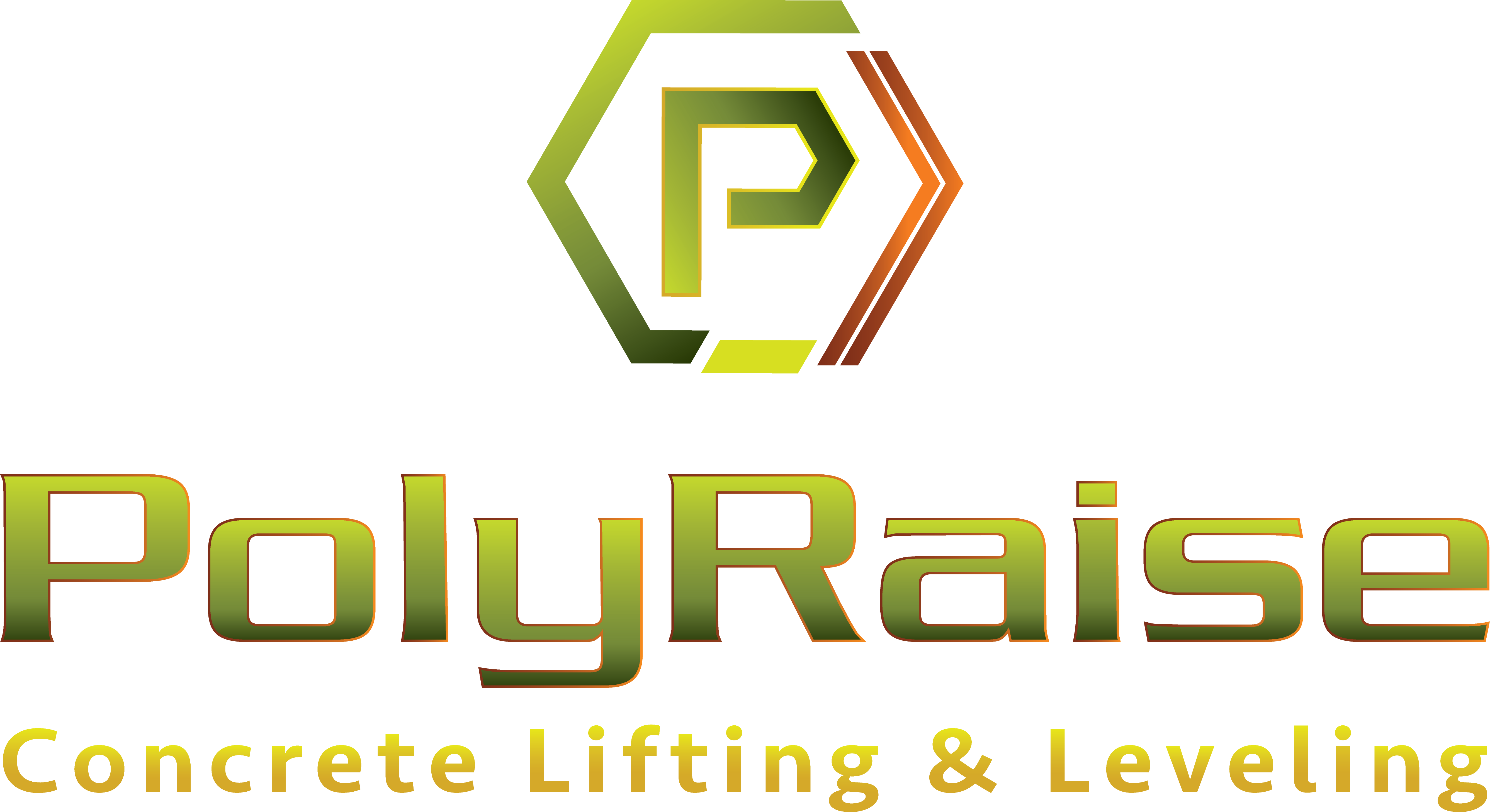 The soils around us are constantly changing, expanding and contracting as they adapt to the fluctuation in temperatures, moisture and drought conditions. Varying environmental conditions result in concrete flatwork settling, sinking and failing in response to soil movement and compaction. Settling creates uneven surfaces that often result in dangerous trip hazards at your property. Trip hazards on uneven or raised concrete pose a threat in terms of public safety as well as liability for private property owners, commercial property owners, management companies, HOA’s and municipalities. While trip and fall hazards are a challenge to the general public, they are especially dangerous for the young, the elderly and persons with disabilities. They are particularly dangerous and challenging for those with vision impairments or individuals requiring the use of mobility assistance (canes, crutches, wheelchairs, motorized devices, etc.).
The soils around us are constantly changing, expanding and contracting as they adapt to the fluctuation in temperatures, moisture and drought conditions. Varying environmental conditions result in concrete flatwork settling, sinking and failing in response to soil movement and compaction. Settling creates uneven surfaces that often result in dangerous trip hazards at your property. Trip hazards on uneven or raised concrete pose a threat in terms of public safety as well as liability for private property owners, commercial property owners, management companies, HOA’s and municipalities. While trip and fall hazards are a challenge to the general public, they are especially dangerous for the young, the elderly and persons with disabilities. They are particularly dangerous and challenging for those with vision impairments or individuals requiring the use of mobility assistance (canes, crutches, wheelchairs, motorized devices, etc.).
TRIP HAZARDS AND ADA COMPLIANCE

The Americans with Disabilities Act of 1990 (ADA), last revised in July 2010 with revisions to the ADA Standards for Accessible Design, is the governing law that prohibits discrimination and ensures equal opportunity for persons with disabilities in employment, state and local government services, public accommodations, commercial facilities and transportation. As it relates to public accommodations and commercial facilities, these areas must be made accessible to those with disabilities. Raised concrete that creates a trip hazard or makes an area impassible prevents access for persons with disabilities and impairments.
What Is the Law? – glad you asked…

The Americans with Disabilities Act (ADA) of 1990 defines a ‘trip hazard’ as any vertical change of over 1/4 inch or more at any joint or crack. Since the ADA demands strict compliance, trip hazards represent a legal liability to your potential prospects. Cities, school districts, hospitals, churches, shopping malls, universities, apartment complexes, homeowners associations, large buildings as well as private residences should all be sensitive and concerned with this liability.
CHAPTER 3: 303 CHANGES IN LEVEL
• 303.1 General: Where changes in level are permitted in floor or ground surfaces, they shall comply with 303.
• 303.2 Vertical: Changes in level of ¼ inch (6.4 mm) high maximum shall be permitted to be vertical.
• 303.3 Beveled: Changes in level between ¼ inch (6.4 mm) high minimum and ½ inch (13 mm) high maximum shall be beveled with a slope not steeper than 1:2.
• Advisory 303.3 Beveled: A change in level of ½ inch (13 mm) is permitted to be ¼ inch (6.4 mm) vertical plus ¼ inch (6.4 mm) beveled. However, in no case may the combined change in level exceed ½ inch (13 mm).
• 303.4 Ramps. Changes in level greater than ½ inch (13 mm) high shall be ramped, and shall comply with 405 (Ramps) or 406 (Curb Ramps).
TRIP HAZARDS AND LEGAL CONSEQUENCES
What does all of this mean? Essentially, the ADA defines a trip hazard as any vertical change over ¼ inch at any joint or crack in the concrete. Because the ADA demands strict compliance and places direct responsibility on the property owners, trip and fall hazards left un-repaired can result in substantial legal liability. Any area that has high pedestrian use further raises trip risks.
When it comes to expense, it is always less expensive to choose concrete repair over litigation!
Should you be found liable for failure to maintain safe pedestrian areas, expenses can include settlements, damages awarded, attorney’s fees and impact on insurance rates, to name a few. Additionally, you will STILL be required to repair the concrete! Ignorance of the law is no excuse, which is why PolyRaise wants to make you aware of the most effective option available for repairing the trip dangers that place you at risk for liability of injury, as well as failure to comply with the ADA requirements.
ELIMINATING TRIP HAZARDS
There are several options available to deal with trip and fall hazards that result from setteled concrete. However, not all of them deal effectively with ADA compliance requirements or provide for a lasting solution.

